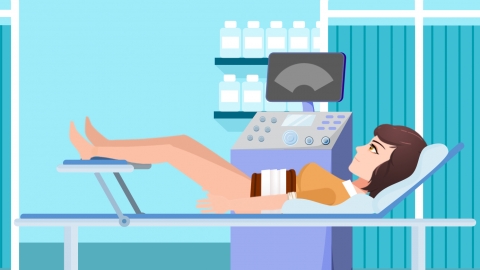What are the symptoms of pelvic adhesions?
Generally, pelvic adhesions may cause symptoms such as lower abdominal pain, increased vaginal discharge, menstrual disorders, fever, and lumbosacral aching. It is recommended to seek timely medical attention and receive symptomatic treatment under the guidance of a qualified physician. Detailed explanations are as follows:

1. Lower Abdominal Pain
If organs within the pelvis, such as the ovaries, uterus, and fallopian tubes, become infected or inflamed, pain may occur. Pelvic adhesions can cause牵拉 or compression of organs or tissues within the pelvis, further exacerbating the pain.
2. Increased Vaginal Discharge
Pelvic adhesions may trigger inflammatory responses in areas such as the vaginal mucosa, cervical gland, and endometrial gland, leading to increased secretions from these areas. The color and consistency of the discharge may also change.
3. Menstrual Disorders
Pelvic adhesions may interfere with the normal functions of the uterus and ovaries, causing abnormal secretion of sex hormones, which can lead to menstrual irregularities. Additionally, adhesions may affect the shedding and repair of the endometrium, influencing menstrual flow and color.
4. Fever
Pelvic adhesions may be caused by pathogenic infections. These infections can trigger inflammatory responses, leading to decreased immunity and affecting the body's temperature regulation center, which may result in fever.
5. Lumbosacral Aching
Pelvic adhesions may cause displacement of pelvic tissues and organs, resulting in discomfort in the lumbosacral region. Patients may experience lumbosacral aching after physical exertion or prolonged standing.
Patients can follow medical advice to use medications such as metronidazole tablets, levofloxacin tablets, and ceftriaxone sodium for injection. Maintaining good personal hygiene during treatment can help promote recovery.







